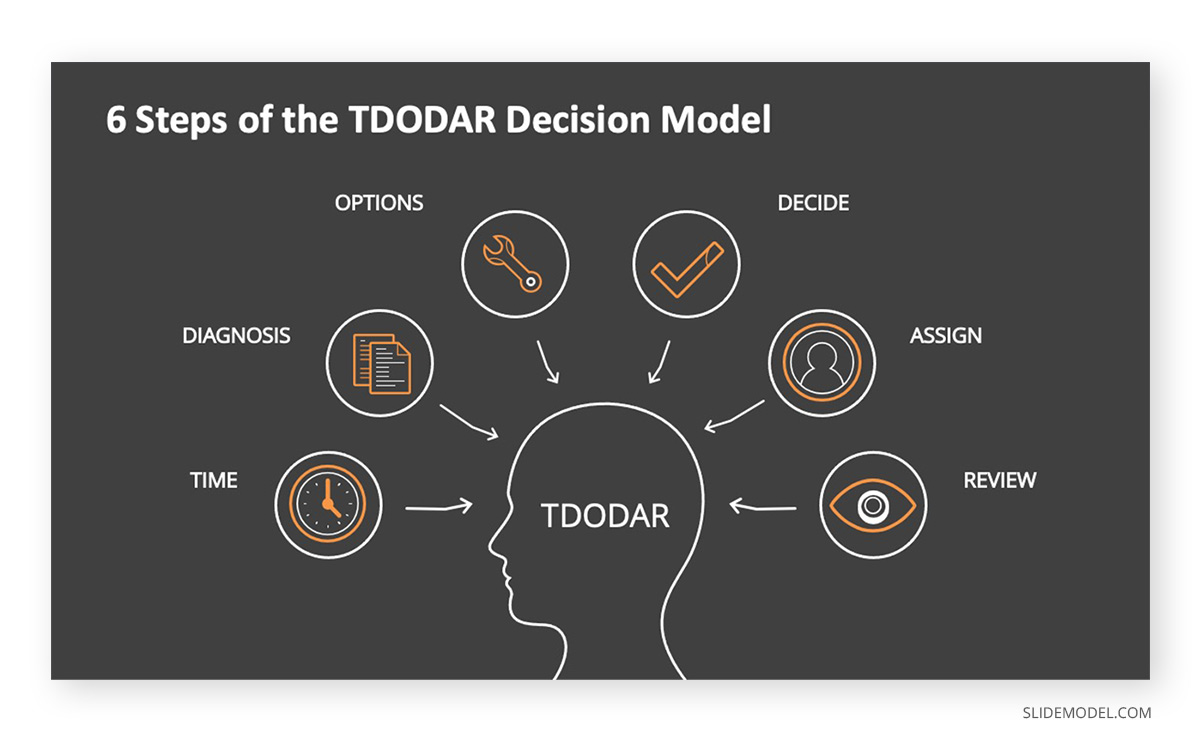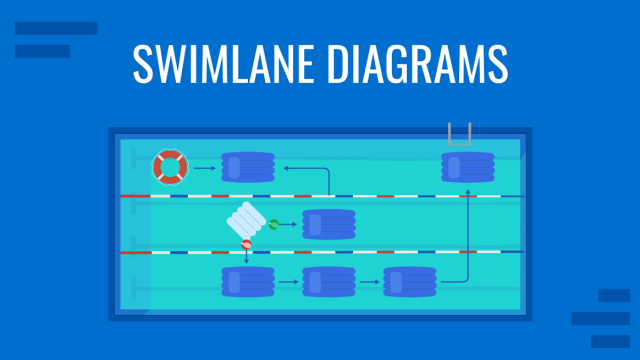
Making important decisions under pressure is essential for people engaged in certain professions. For example, such decision-making is often required when a pilot has to make a quick decision during a flight, it might mean life or death for the passengers, crew, and the pilot. the TDODAR decision model is used to make sure complex decisions are made as responsibly as possible. This decision-making model is a great way to make decisions under pressure.
What is the TDODAR Decision Model?
TDODAR stands for time, diagnosis, options, decide, assign and review. This model is often used in aviation to help pilots make decisions under challenging situations. The TDODAR model is common among British pilots and provides a step-by-step mechanism for making important decisions. The model can also be used in other industries and can be a great way of making decisions under pressure. TDODAR is a model that is meant to eliminate biases and aid good decision-making.
Making Decisions Under Pressure using the TDODAR Decision Model
TDODAR can have implications far beyond aviation, as many people engaged in various professions can use this model for making difficult decisions under pressure. Whether you’re an IT professional who needs to get up a crashed server and running, a chef who just botched a dish for an important guest, or a presenter who has just learned that he has to present his keynote without any presentation, TDODAR model can help you make difficult decisions under pressure.
6 Steps of the TDODAR Decision Model
As mentioned earlier, the TDODAR decision model has six steps; each meant to provide a systematic mechanism for making difficult decisions under pressure. These steps include time, which is critical, diagnosing the problem, considering options, making a decision, assigning tasks, and reviewing the situation.
1. Time
Whenever there is a need to decide under pressure, no one can afford the one luxury to waste time. It is a commodity in rare supply in such situations, and therefore, time needs to be managed appropriately. In the TDODAR model, time implies determining how much time is available for taking specific steps.
Example: in the TDODAR model, time might signify the time required before an assembly line can be up and running again to complete a time-critical assignment or the amount of time before a pilot runs out of the utility to take corrective measures. In the case of pilots, it can be often determined by how long before a technical failure can be resolved without compromising the plane, or the loss of pressure or fuel might occur. Hence, time is the first step in the TDODAR model to understand how much time can be spent on a time-critical activity.
2. Diagnosis
In different types of professions, there are various types of diagnostic tools and procedures. The second step of the TDODAR model is to diagnose the problem. This step requires asking open-ended questions, which might not have a simple yes or no answer. Asking the right questions during a critical situation is necessary to make everyone think so that the issue can be better understood. Denial is such a situation is not an option, and one must have the courage to confront whatever comes onward. Not understanding the situation properly will do you no favors. It’s essential, to be honest about the situation to help understand it better.
Example: A pilot might try to diagnose the issues associated with a plane, or a systems engineer might look at why a server is down by looking at different variables starting from the electricity supply, network connectivity, and system configurations.
3. Options
An individual or group of professionals can often diagnose a problem or identify possible issues to resolve a problem or understand where they stand with the matter. The next step is to begin considering options. During this time, it might be determined whether corrective measures can be taken, the best possible outcome, and what measures might be the best way out of the situation.
Example: A pilot might decide to land an airplane at a nearby airport by contacting concerned officials. Similarly, a systems engineer might need to quickly replace a faulty hardware component, reconfigure applications or configure a backup dedicated server to make it the primary server.
4. Decide
Based on the available information, the one in charge of the situation has to make a decision. Depending on the issue, this might be a manager, captain, event organizer, etc. The one in charge of making the decision needs to shoulder the responsibility of making the call. By quickly but carefully analyzing available options, a conclusion can be made to pick the option that seems the best under the situation.
Example: A pilot might need to make a critical decision in the nick of time during a flight, or a manager might need to reshuffle a few things just before an event to make up for some deficiency that might affect the arrangements.
5. Assign
This is the time during which tasks are assigned to individuals by whoever is in charge. In some cases, a manager might resolve an issue independently; however, this might not always be the case. If there is a need to assign tasks, these must be done once a decision has been made.
Example: A flight attendant might be tasked to alert the passengers to brace for impact and help them understand what to do in case of a rough landing. Similarly, in other professions, a manager might assign tasks to subordinates to ensure that the revised plan can be implemented before a major event. For instance, in case of a server crash, the IT manager might assign the hardware specialist to replace a faulty server component. The systems engineer performs configurations and might even make final reviews himself in the next step.
6. Review
While one might estimate the available time, diagnose the problem, decide after considering options and assign tasks, this might not be enough. Reviewing the situation to determine whether the issue is resolved or under control is essential.
Example: When making decisions under pressure, the entire team might be stressed and overstretched. There is a chance of someone making a mistake; a review is therefore critical. A pilot might need to review if the co-pilot has performed his duties appropriately, or an event manager might need to see if his subordinates have followed instructions properly. For an IT manager, it might be necessary to ensure that the new equipment is running smoothly and that there aren’t any system issues hindering server performance.

Final Words
TDODAR serves as a good step-by-step model for making difficult decisions under pressure. When faced with tough decisions under pressure, it can be hard to meet the shock of something going wrong. The fear of failure or an imminent threat can freeze people in their steps, making the situation worse. In such a situation, it is the responsibility of the leader to ensure that things run smoothly. Leaders must show that they are reliable and available for their team to pull them through the challenge at hand. In such a situation, the TDODAR model can be of immense help. This is because the model provides an excellent way to start resolving a problem, starting with the basics and ending a final review to do all that you can under the circumstances. One of the best things about the model is that it eliminates bad decision-making due to biases. This helps remove denial from the equation to enable better decision-making. TDODAR is all about taking the bull by the horns and confronting the challenge to find the best possible solution.
The TDODAR model can help set the tone for decision making and have a footprint from start to finish for resolving the problem. Considering the model is used in aviation, it shows its utility in making difficult decisions under testing circumstances. However, it is also essential that the one making decisions remains calm, follows a proper understanding of the problem, makes a decision, and guides the team through it. Also, check our article about decision-making for business and our collection of decision making PowerPoint templates.


